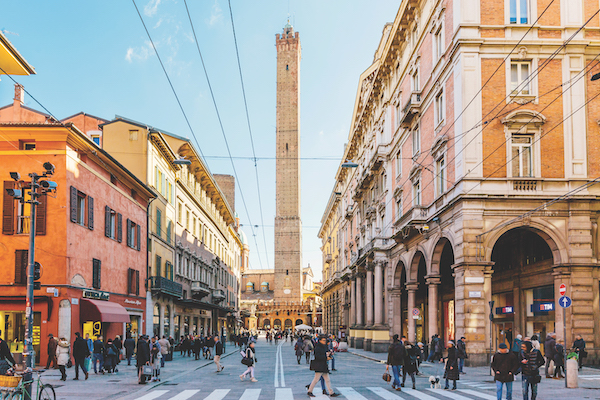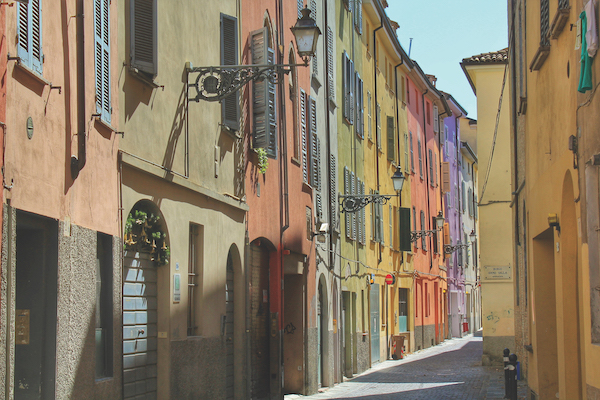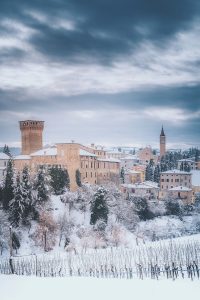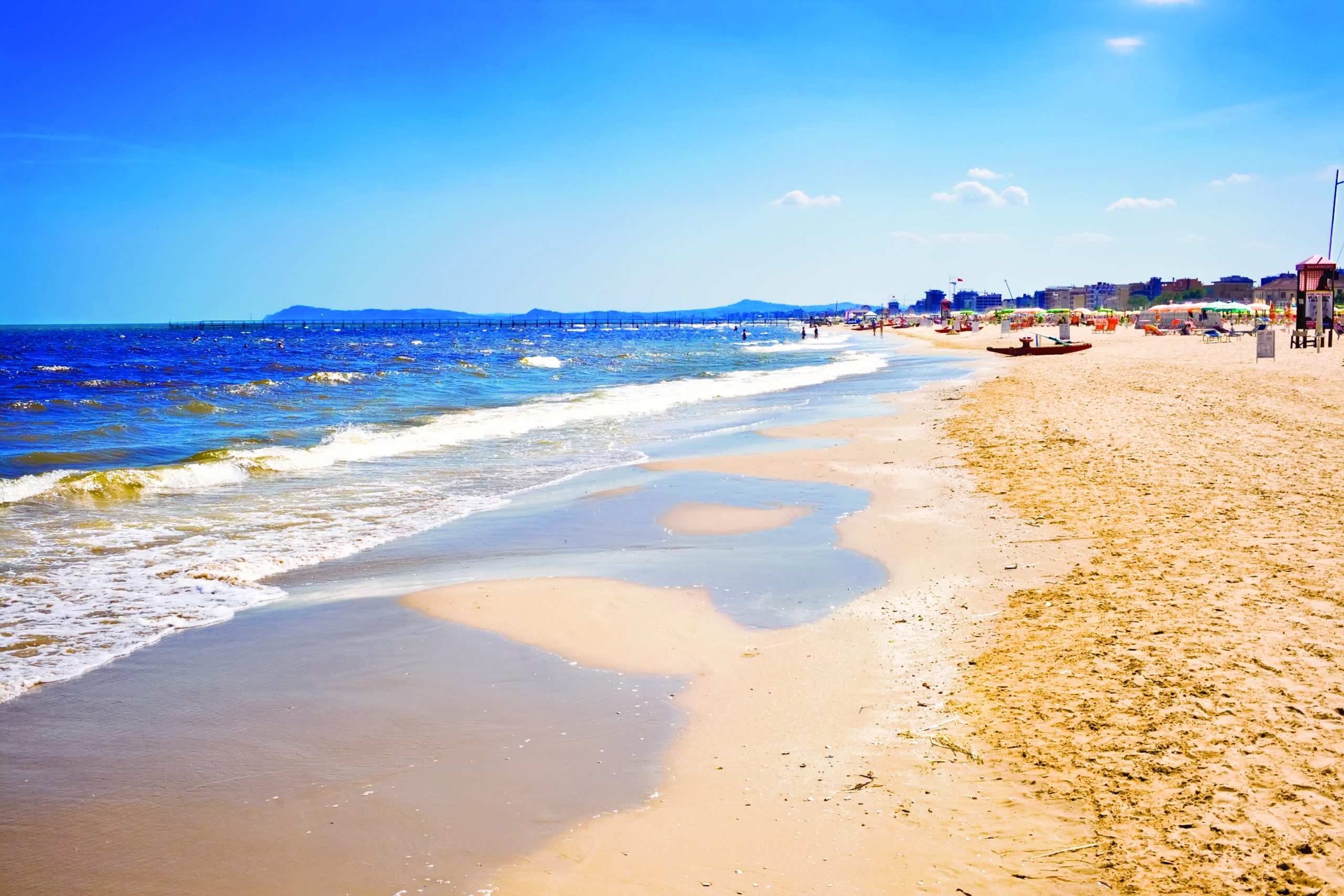Fleur Kinson explores which parts of the Emilia-Romagna region would make the perfect base for your perfect home and a new life in Italy. Photos by Getty Images
Emilia-Romagna is one of the wealthiest and most developed regions in Italy, boasting the third highest GDP per capita in the country. Half of the region is made up of hills and mountains; the other half is a large plain which stretches to the Adriatic. The coastline is flat and sandy, with a lagoon and marshland. The capital is Bologna, but there are other appealing cities including Parma, Ferrara, Modena, Piacenza, Ravenna and Rimini. Many are important cultural, gastronomic and tourist destinations.

Bologna
Not just the region’s capital, Bologna is also its most important food centre – and, arguably, that of the whole of Italy. Many of the region’s finest restaurants are based here – it’s a city where you will always eat well! It has an attractive and well-preserved medieval centre with streets of arcaded buildings and charming piazzas. The oldest university in Europe can be found here too, founded in 1088 and counting Dante and Petrarch among its illustrious alumni. Bologna is well-served by rail, road and air links, with a busy station, good motorway access and Giuseppe Marconi international airport a short drive from the city centre.

Parma
Northwest of Bologna, Parma is an elegant university city of some 190,000 inhabitants. The city is justly proud of its cosmopolitan history and rich cultural traditions. The standard of living here is exceptionally high and the relaxed pace is emphasized by the number of bikes on the roads around the centre, cycling being the city’s preferred means of transport. Two of Italy’s most iconic foodstuffs – Parmesan and Parma ham – take their names from the city. Homage to these savoury treats continues here with museums dedicated to both. The city also hosts the lively Festa del Prosciutto during September.

The mountains
The north of Emilia-Romagna is an intensively farmed agricultural land, and pancake flat. But head towards the western borders of the region and the wooded foothills of the Apennines start to rise. These western reaches are peaceful, pretty and thinly populated areas made up of small villages and towns, national parks, hilltop castles, rivers and thermal springs. At the highest altitudes skiing is popular, with no fewer than 18 ski stations stretching along the mountain ridges of Emilia-Romagna’s borders with Tuscany and Liguria.
The Po Valley & Delta
The flat northern part of the region is defined by the wide river valley of the River Po, much of which has been extensively cultivated for thousands of years. Most of the farming here is intensive, run by prosperous concerns that have shaped the landscape into an agricultural vista stretching as far as the eye can see. This is the ‘bread basket’ of Italy, and – in some respects – of Europe. On the misty plain sit the pretty walled city of Ferrara and the historic city of Modena.
At the mouth of the Po is the Po Delta, a fertile alluvial plain. The conditions here can be damp, with humid summers and fog in autumn and winter. Here you will find the protected wetland of the Po Delta Park, which became a UNESCO World Heritage Site in 1999. This natural landscape plays host to a great variety of flora and fauna, some of which you won’t see anywhere else.

The coast
From the agricultural productivity of the Po Valley and the wetlands of the Po Delta, the land eventually gives way to the Adriatic, though this process occurs only very slowly and there are large areas where you don’t know if you are on land or sea. To the north is Chioggia, in Veneto, clearly visible from the Delta. To the south is the coast of Emilia-Romagna, characterized by long stretches of sandy shore punctuated by popular beach resorts. From elegant Ravenna in the north down to the bright lights of Rimini, this is Italy’s holiday mecca. Ravenna is largely free of sun-seeking tourists, whereas Rimini is descended upon by hordes of beach-lovers every summer. Rimini used to have a reputation as a party capital, but most people go over to Croatia these days for that sort of thing and the resort has become much more family orientated in recent years.
For more on property prospects in Emilia-Romagna, see Fleur’s Homes in Emilia-Romagna article
